
Our Lady of the Assumption Cathedral: A Timeless Gem in Elvas
Discover the architectural beauty and rich history of Our Lady of the Assumption Cathedral in Elvas, a must-visit gem in Portugal.
Nestled in the heart of Elvas, Our Lady of the Assumption Cathedral stands as an architectural marvel and a significant religious site. Tourists visiting this stunning cathedral will be captivated by its intricate Manueline architecture and rich history, making it a must-see destination for anyone exploring this charming Portuguese town.
A brief summary to Our Lady of the Assumption Cathedral
- Praça da República, Elvas, PT
- +351266769800
- Visit website
- Tuesday 10 am-12 pm
- Wednesday 10 am-12 pm
- Thursday 10 am-12 pm
- Friday 10 am-12 pm
- Sunday 10 am-12 pm
Local tips
- Visit during the morning hours for a quieter experience and to enjoy the serene atmosphere.
- Take a guided tour to fully appreciate the historical and architectural details of the cathedral.
- Don’t miss the chance to explore the surrounding Praça da República for local shops and cafes.
- Check the cathedral's opening hours before your visit, as they can vary throughout the week.
Getting There
-
Car
If you're traveling by car, take the A6 motorway towards Elvas. Follow the signs for Elvas and take exit 5. Once you exit, follow the N4 road towards the center of Elvas. After approximately 5 minutes, you'll reach Praça da República where Our Lady of the Assumption Cathedral is located. There are parking options nearby, but be aware that some may incur fees.
-
Public Transportation
For those using public transportation, you can take a bus from major cities in Estremadura such as Badajoz or Évora to Elvas. The main bus station in Elvas is located about a 15-minute walk from the cathedral. Once you arrive at the bus station, head south on Avenida da Liberdade until you reach Praça da República. The cathedral will be right in front of you.
-
Walking from Elvas City Center
If you find yourself in the city center of Elvas, you can easily walk to Our Lady of the Assumption Cathedral. From the main square, Praça da República, simply walk towards the large square where the cathedral is located. It should take you around 5-10 minutes on foot.
Discover more about Our Lady of the Assumption Cathedral
Iconic landmarks you can’t miss
Praça da República
0.1 km
Explore the vibrant Praça da República in Elvas, where history and local culture come alive amidst stunning architecture and lively cafes.

Elvas
0.1 km
Explore Elvas, Portugal: A UNESCO World Heritage Site with stunning fortifications, rich culture, and delightful cuisine awaits you.
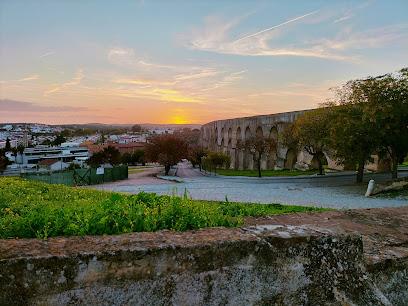
Sinagoga Velha
0.1 km
Discover Elvas' Sinagoga Velha, a historic synagogue reflecting Portugal's rich Jewish heritage and architectural beauty.
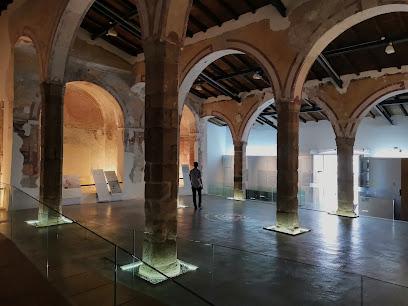
British Cemetery, Elvas
0.3 km
Explore the tranquil British Cemetery in Elvas, a poignant memorial honoring the brave soldiers of the Peninsular War amid beautiful landscapes.
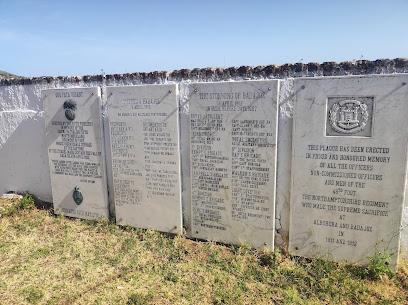
Plaza Diego de Badajoz
15.6 km
Experience the vibrant atmosphere of Plaza Diego de Badajoz, a picturesque town square filled with culture, history, and local flavor in the heart of Badajoz.

Plaza de la Autonomía Extremeña
15.9 km
Explore the vibrant Plaza de la Autonomía Extremeña in Badajoz, where culture, history, and local cuisine converge in a lively town square.

Plaza de la Rana
16.0 km
Experience the charm and vibrant culture of Badajoz at Plaza de la Rana, a historic town square perfect for relaxation and socializing.

Monumento a la Hispanidad
16.3 km
Explore the Monumento a la Hispanidad, a stunning tribute to cultural unity in Badajoz, reflecting the rich heritage of the Spanish-speaking world.
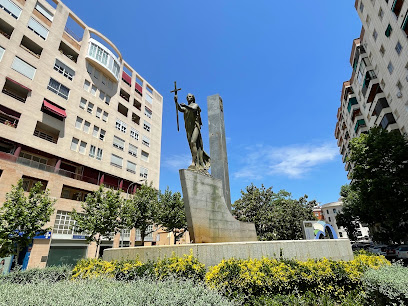
Plaza de los Reyes Católicos
16.3 km
Experience the vibrant culture and history of Badajoz at Plaza de los Reyes Católicos, the city's lively central square.

Plaza de Santa Marta
16.4 km
Experience the vibrant culture and charm of Plaza de Santa Marta in the heart of Badajoz, Spain, where history and local life intertwine.

Plaza de Antonio Zoido Diaz
16.5 km
Explore the vibrant Plaza de Antonio Zoido Diaz in Badajoz, a cultural haven for tourists with rich history, beautiful gardens, and lively local life.

Fuerte de San Cristóbal
16.6 km
Explore the historic Fuerte de San Cristóbal, a majestic fortress in Badajoz, Spain, offering stunning views and rich military history.
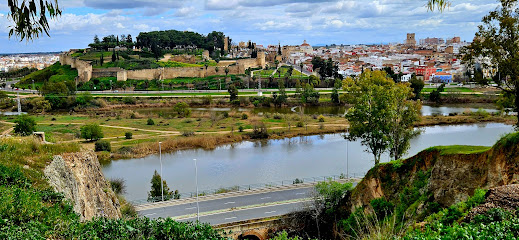
La Giralda
16.7 km
Discover La Giralda, a stunning sculpture in Badajoz's Plaza Soledad, showcasing the city's rich artistic heritage and vibrant culture.
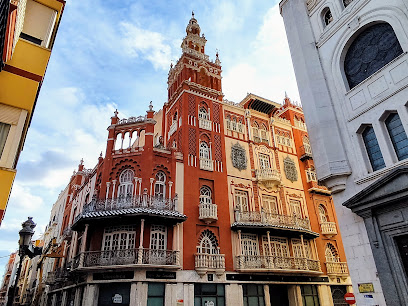
Plaza de España
16.8 km
Discover the vibrant heart of Badajoz at Plaza de España, where history blends seamlessly with local culture and stunning architecture.
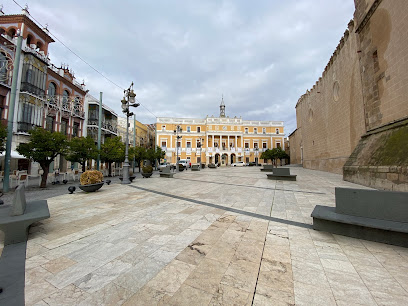
Badajoz City Hall
16.8 km
Explore Badajoz City Hall, an architectural masterpiece in the heart of Badajoz, where history meets vibrant local culture.
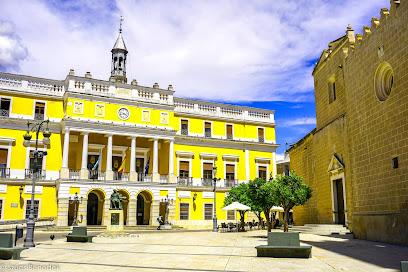
Unmissable attractions to see
Igreja de Nossa Senhora da Assunção (Antiga Sé de Elvas)
0.1 km
Discover the architectural beauty and spiritual serenity of Igreja de Nossa Senhora da Assunção in Elvas, Portugal's historic gem.
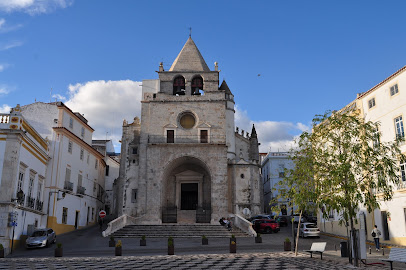
Praça da República, Elvas
0.1 km
Experience the vibrant culture and historical charm of Praça da República, the heart of Elvas in Portugal.
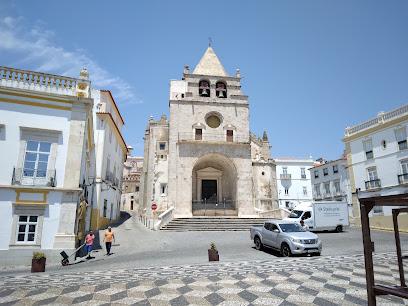
Pelourinho de Elvas
0.1 km
Explore the Pelourinho de Elvas, a historical gem in Portugal that embodies the charm and culture of this UNESCO World Heritage site.
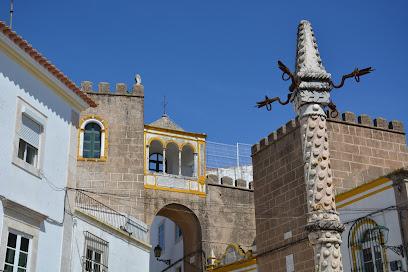
Torre Fernandina
0.1 km
Explore Torre Fernandina: A historic museum in Elvas showcasing Portugal's rich military heritage and stunning views.
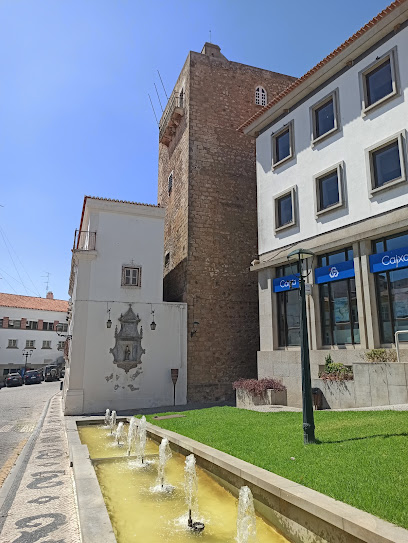
Igreja da Misericórdia
0.2 km
Discover the serene beauty and historical significance of Igreja da Misericórdia, a cherished Catholic church in Elvas, Portugal.
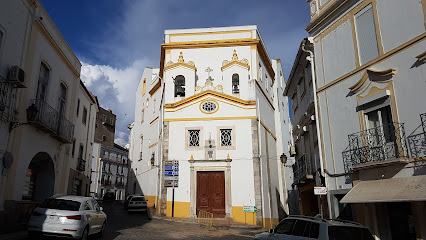
Jardim do Castelo de Elvas
0.2 km
Explore the lush beauty and historical significance of Jardim do Castelo de Elvas, a serene garden within a stunning fortress in Elvas, Portugal.

Luis
0.3 km
Explore Luis in Elvas for unique souvenirs and artisan crafts that capture the spirit of the region's rich culture.

Elvas Castle
0.3 km
Discover the majestic Elvas Castle, a UNESCO World Heritage site offering breathtaking views and a deep dive into Portugal's rich military history.
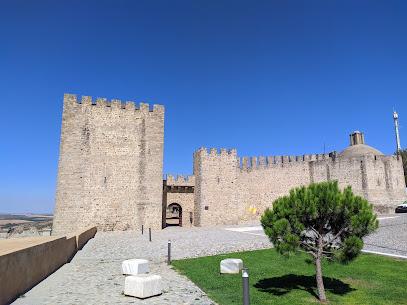
Church of São Domingos
0.4 km
Discover the tranquil beauty and rich history of the Church of São Domingos in Elvas, Portugal, an architectural gem and spiritual haven.
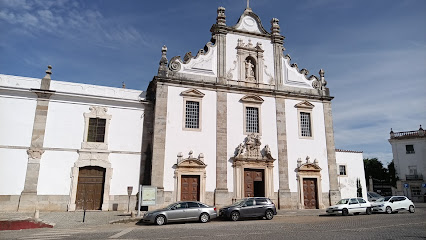
Convento de São Domingos / Igreja dos Dominicos / Igreja de São Domingos / Convento de Nossa Senhora dos Mártires
0.4 km
Explore the rich history and stunning architecture of Elvas at the Convento de São Domingos, a serene landmark of Portugal's religious heritage.
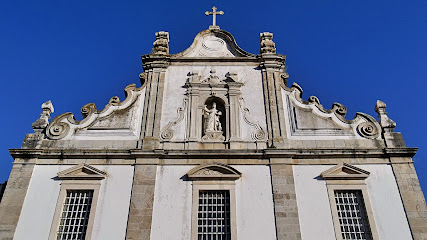
Military Museum of Elvas
0.4 km
Explore the Military Museum of Elvas and uncover Portugal's military legacy through captivating exhibits and historical artifacts.
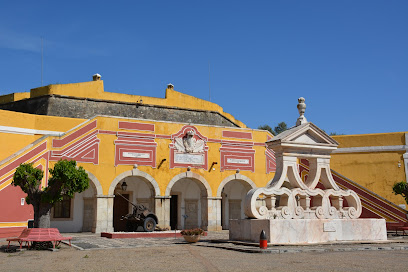
Fortaleza de Elvas
0.5 km
Discover the historic Fortaleza de Elvas, a UNESCO World Heritage site showcasing stunning military architecture and breathtaking views in Portugal.
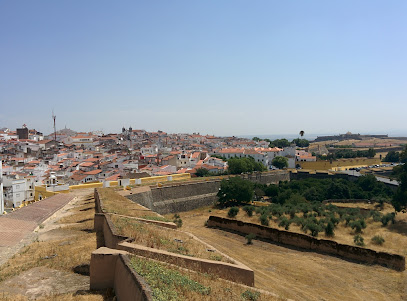
Amoreira Aqueduct
0.8 km
Explore Elvas' Amoreira Aqueduct—a stunning 18th-century masterpiece showcasing magnificent architecture and rich heritage in Portugal.
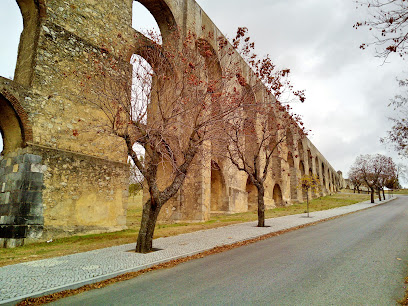
Forte de Santa Luzia
1.0 km
Explore the majestic Forte de Santa Luzia in Elvas, a UNESCO World Heritage site that showcases Portugal's rich military history and stunning views.

Forte de Nossa Senhora da Graça
1.5 km
Discover the majestic Forte de Nossa Senhora da Graça in Elvas, Portugal, a UNESCO World Heritage fortress steeped in military history and architectural beauty.
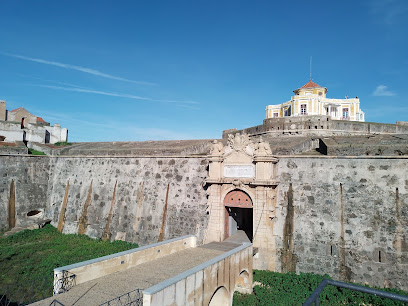
Essential places to dine
Casa Alentejo
4.2 km
Discover authentic Portuguese flavors at Casa Alentejo in Elvas - where tradition meets taste in a cozy setting.
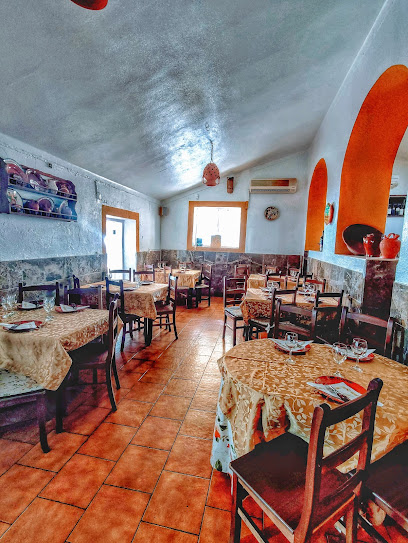
Taberna do Adro
14.3 km
Experience authentic Portuguese cuisine at Taberna do Adro in Vila Fernando – where tradition meets taste.
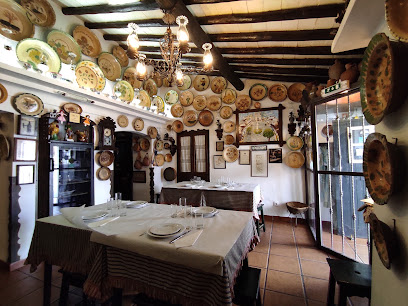
Mariquino
14.8 km
Experience authentic Mediterranean flavors at Mariquino in Badajoz—where quality meets tradition in every dish.
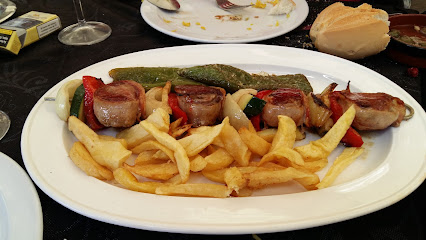
Los Arroces del Papa Buey
14.8 km
Discover authentic Spanish rice dishes at Los Arroces del Papa Buey in Badajoz - where every meal is a celebration of flavor.

Restaurante La Bodega
14.8 km
Experience authentic grilled cuisine at Restaurante La Bodega in Badajoz – where every meal is a celebration of flavor and tradition.
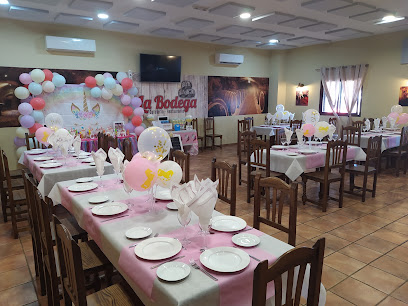
Restaurante Morgado
15.0 km
Experience authentic Mediterranean flavors at Restaurante Morgado in Badajoz—your destination for exquisite Spanish cuisine.

MOMA Experience.
15.0 km
Experience culinary artistry at MOMA Experience in Badajoz—where tradition meets innovation for an unforgettable dining experience.

Ristorante Boccaccio
15.0 km
Experience authentic Italian cuisine at Ristorante Boccaccio in Badajoz - where every meal is a celebration of flavor.

Tierra Nuestra
15.1 km
Experience authentic Spanish cuisine at Tierra Nuestra, Badajoz's beloved tapas bar serving delightful dishes in a cozy setting.
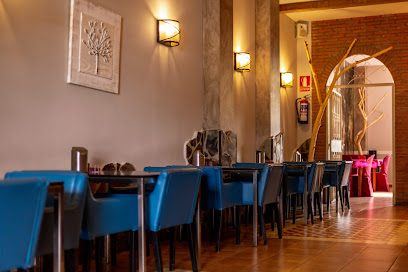
Agua Bendita -Social Bar-
15.1 km
Discover Badajoz's lively nightlife at Agua Bendita - Social Bar, where exquisite dining meets an inviting bar atmosphere.

Restaurante Quotidiano
15.1 km
Experience authentic Spanish flavors at Restaurante Quotidiano in Badajoz—where culinary tradition meets modern dining.

Degusta Badajoz Campañon
15.1 km
Experience the best of Spanish cuisine at Degusta Badajoz Campañon - where tradition meets innovation in every dish.
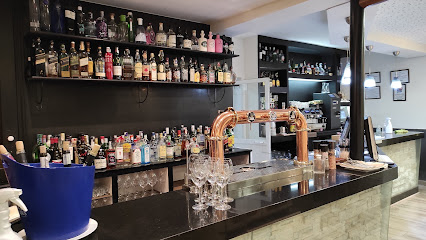
Restaurante GLADYS en Badajoz
15.2 km
Experience the best of European cuisine at Restaurante GLADYS in Badajoz—where flavor meets hospitality.

Restaurante Italiano en Badajoz -Ferri's Bistrot
15.2 km
Discover authentic Italian flavors at Ferri's Bistrot in Badajoz - home to delicious pizzas and warm hospitality.

WyCo Restaurants Badajoz
15.2 km
Experience the best American cuisine at WyCo Restaurants Badajoz – from burgers to pizzas, indulge in flavors that delight.

Markets, malls and hidden boutiques
Pepco
0.8 km
Shop stylish clothing at Pepco in Elvas, where affordable fashion meets quality and variety for the whole family.

Hipercor El Faro
12.1 km
Discover local flavors and vibrant shopping at Hipercor El Faro, Badajoz's premier hypermarket destination.

Centro Comercial El Faro
12.3 km
Discover Centro Comercial El Faro: Badajoz's ultimate shopping and entertainment destination with diverse shops, dining, and fun for all ages.
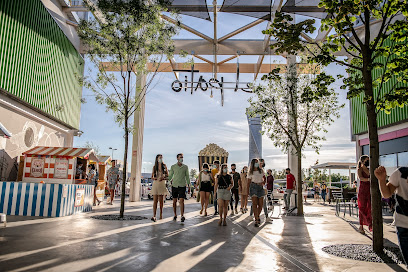
Primor
12.3 km
Explore a world of fragrances and beauty at Primor in Badajoz's Centro Comercial El Faro, where luxury meets affordability in health and beauty shopping.

ZARA
12.3 km
Explore the latest fashion trends at ZARA in Badajoz, a stylish clothing store offering chic apparel for every occasion.

JD Sports
12.4 km
Discover stylish sportswear and footwear for the whole family at JD Sports in Badajoz, where fashion meets function for all your athletic needs.

Primark
12.4 km
Explore affordable fashion at Primark in Badajoz - your go-to destination for trendy styles and unbeatable prices.

Dazo kitesurf
14.1 km
Discover the thrill of kitesurfing at Dazo Kitesurf, Badajoz's premier outdoor sports store for all your adventure needs.

Centro Comercial Conquistadores
14.5 km
Explore the dynamic Centro Comercial Conquistadores in Badajoz, a premier shopping mall with diverse stores, dining options, and entertainment for all ages.
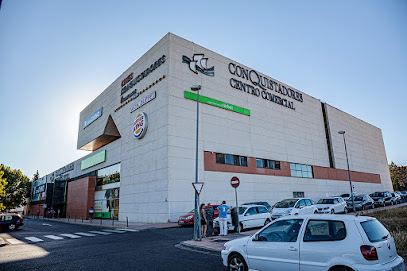
LUSITANIA COMPAÑÍA DEL LÚPULO
15.8 km
Experience the Heart of Craft Brewing at Lusitania Compañía del Lúpulo in Badajoz, Where Every Sip Tells a Story.

Oriflame Cosmética Natural Encarna Alvarez
16.3 km
Explore the charm of Oriflame Cosmética Natural Encarna Alvarez, your destination for exquisite natural cosmetics in Badajoz.

Decoraciones Reyes Católicos
16.3 km
Discover unique souvenirs and local crafts at Decoraciones Reyes Católicos, Badajoz's charming gift shop celebrating the region's rich culture.
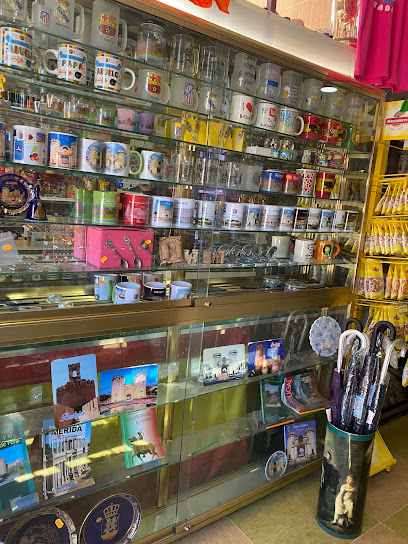
BALABOOSTE EL CORTE INGLES BADAJOZ
16.4 km
Explore a treasure trove of unique gifts, stylish handbags, and fashionable accessories at Balabooste El Corte Ingles Badajoz.

Atelier Badajoz
16.4 km
Discover the essence of modern femininity at Atelier Badajoz, a stylish women's clothing store offering curated collections in the heart of Badajoz, Spain.

El Corte Inglés Conquistadores
16.4 km
Discover the ultimate shopping experience at El Corte Inglés Conquistadores in Badajoz, where fashion meets convenience in a vibrant atmosphere.

Essential bars & hidden hideouts
Moedas Bar
1.0 km
Experience the vibrant nightlife of Elvas at Moedas Bar, where delightful drinks and friendly ambiance await every visitor.

Sunset Bar. Barragem do Caia
13.9 km
Experience stunning sunsets and affordable drinks at the charming Sunset Bar, a must-visit spot by the Barragem do Caia.
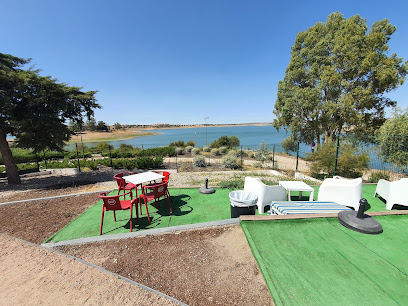
Bar Alentejano
14.2 km
Experience authentic Portuguese cuisine and vibrant local culture at Bar Alentejano in Vila Fernando, a must-visit for every traveler.
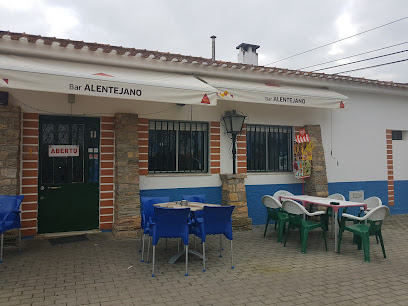
Pub Ohh Cielo Badajoz
14.7 km
Discover the heart of Badajoz's nightlife at Pub Ohh Cielo, a lively piano bar offering a unique blend of music, drinks, and unforgettable moments.

Flidais
14.7 km
Experience the vibrant nightlife at Flidais, a premier pub in Badajoz, blending a lively bar scene with a cozy lounge atmosphere.
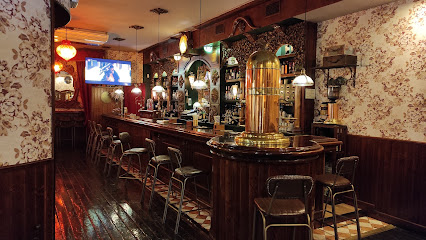
Cafe Bar Los Baldios
14.8 km
Experience the vibrant atmosphere and authentic flavors at Cafe Bar Los Baldios in Badajoz, the perfect spot for tapas and relaxation.

Bar La Granadilla - Badajoz
14.9 km
Experience the flavors of Badajoz at Bar La Granadilla, where delicious grilled dishes and breakfast delights await you!
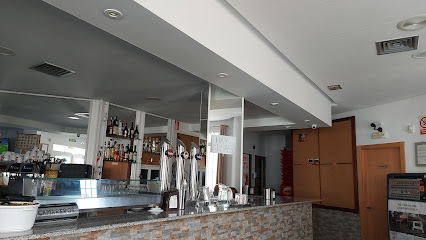
Bar El Umbral
15.2 km
Experience authentic Spanish tapas at Bar El Umbral, a vibrant Badajoz bar where flavors come alive in a warm, welcoming atmosphere.
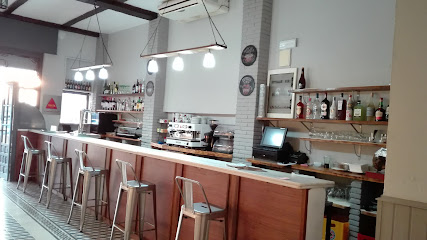
Pub The Blue Parrot
15.2 km
Discover the lively ambiance of Pub The Blue Parrot in Badajoz, where local flavors meet a vibrant nightlife experience.
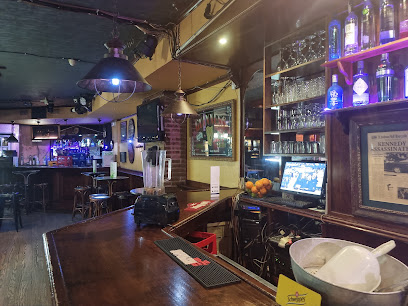
Abbe wine bar
15.3 km
Discover Abbe Wine Bar, a haven for wine enthusiasts in Badajoz, where every sip tells a story and every visit feels exceptional.
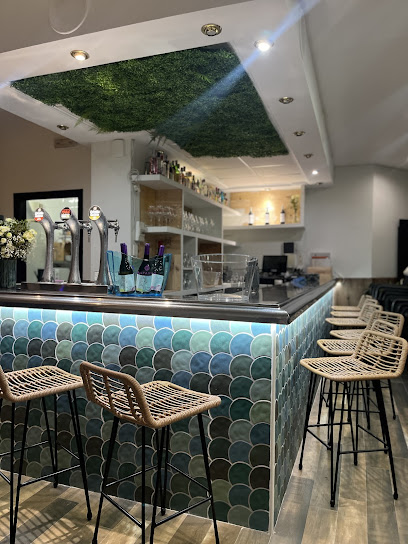
The Irish Tavern Badajoz
15.4 km
Experience the heart of Ireland at The Irish Tavern Badajoz, where traditional cuisine meets lively atmosphere and friendly faces.
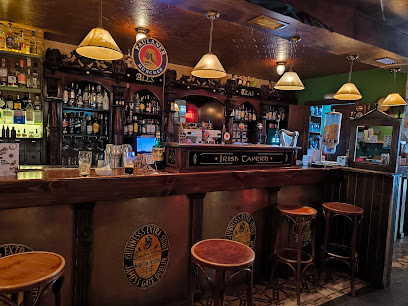
Touareg Lounge Bar
15.4 km
Experience the vibrant atmosphere and unique cultural offerings of Touareg Lounge Bar, a must-visit pub in Badajoz for tourists seeking relaxation and local flavor.

Bar O Furancho
15.5 km
Experience the vibrant flavors of Portugal at Bar O Furancho, a charming pub in Badajoz offering authentic cuisine and a lively atmosphere.
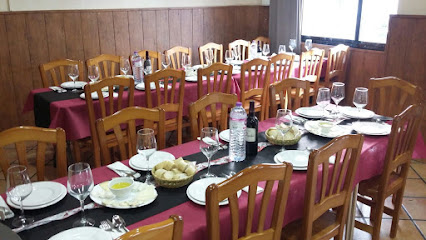
Bar Primos
15.5 km
Experience the heart of Spanish culture at Bar Primos, the ultimate tapas bar in Badajoz, offering a delightful culinary journey.
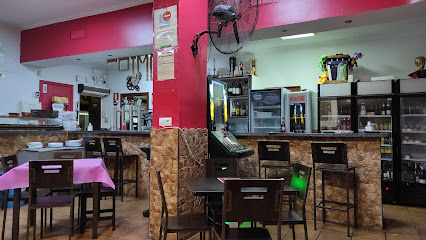
EOS Terraza Bar
15.6 km
Discover the vibrant atmosphere of EOS Terraza Bar in Badajoz, where cocktails and espresso meet under the stars for an unforgettable night out.




